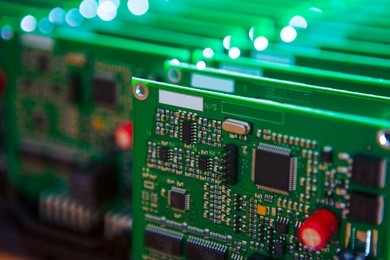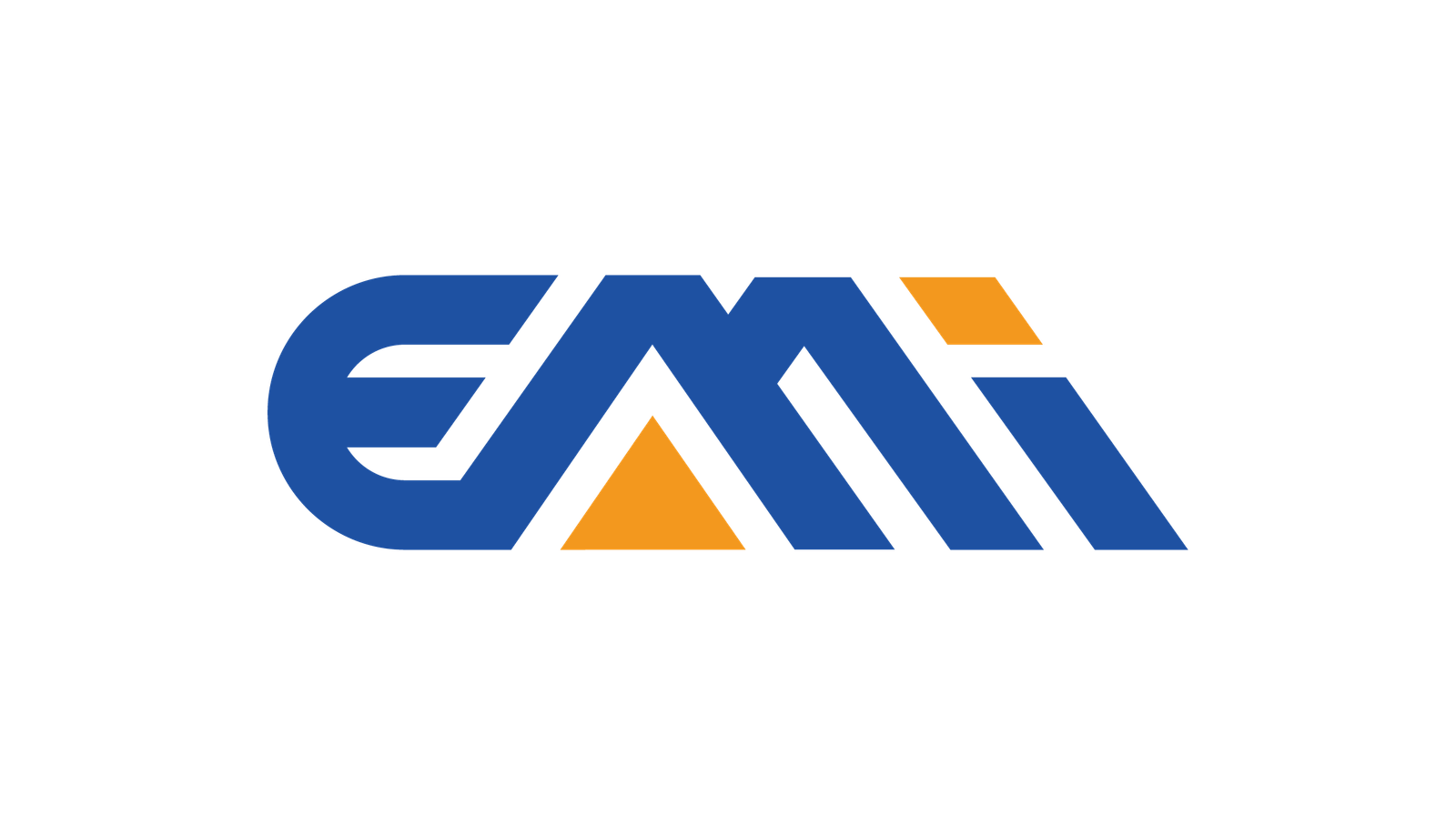An integrated circuit (IC) board, often referred to as a printed circuit board (PCB), is a crucial component of electronic devices, serving as a platform for mounting and interconnecting various electronic components. The specific components of printed integrated circuits can vary widely depending on the device's purpose and complexity. In this article, I will unveil some common elements you might find on a PCB integrated circuit.

These are the elements of the PCB integration:
Integrated Circuits (ICs):
The heart of any IC circuit board is the integrated circuits themselves. These are the chips that contain various electronic components like transistors, resistors, and capacitors. Different ICs perform different functions, from microprocessors to memory chips to specialized components.
Transistors and Diodes:
While these are integral parts of integrated circuit pcb, individual transistors, and diodes may also be present on the board for specific functions. Transistors are used as amplifiers and switches, while diodes help control the flow of electrical current.
Resistors and Capacitors:
These passive components of integrated PCB are scattered throughout the board. Resistors control the flow of current and can help set voltage levels. Capacitors store and release electrical energy, playing a role in filtering and stabilizing power.
Connectors:
Connectors are points where other devices or components can be attached. Common connectors include USB ports, audio jacks, and headers for attaching additional modules or components.
Inductors:
Inductors are less common but may be found in boards with specific needs, such as in RF circuits. They store energy in magnetic fields and can impact the frequency response of the board.
LEDs (Light Emitting Diodes):
LEDs are often used as status indicators. They light up to convey information about the device's operational status.
Voltage Regulators:
These components ensure that different parts of the board receive the correct voltage levels. Voltage regulators are essential for preventing damage due to overvoltage or undervoltage.
Microcontrollers:
Some boards feature microcontrollers, which are miniature computers used to control specific functions or processes. They might be present on the board as a separate IC or embedded within another IC.

Memory Chips:
In devices that require storage, memory chips are often present on the board. These chips can be flash memory for data storage or RAM for temporary data storage and retrieval.
Clock Oscillators:
Clock oscillators generate clock signals used for synchronizing the various components on the board. They are critical for time-sensitive operations.
Connectivity Components:
For devices with wireless or wired connectivity, you'll find components like Wi-Fi modules, Ethernet controllers, or Bluetooth chips.
Passive Components:
These include various components like ferrite beads, inductors, and more that help with noise filtering, electromagnetic interference (EMI) suppression, and signal conditioning.
Power Management ICs:
These ICs regulate and distribute power to the different components on the board, ensuring they receive the required voltage levels and currents.
Heat Sinks:
In devices that generate a significant amount of heat, such as high-performance computers, you might find heat sinks to dissipate heat and prevent overheating.
Test Points:
For manufacturing and troubleshooting, test points are often included. They allow technicians to measure electrical values at specific locations on the board.
Mounting Components:
Connectors, sockets, and solder pads provide a means to attach components, such as ICs or cables, to the board.

PCBs underpin the modern electronics industry, enabling compact, reliable, and efficient electronic devices while offering design flexibility and scalability. Their significance lies in revolutionizing electronics, making a wide range of devices that have transformed our lives possible. If you are interested in these tiny but powerful IC chips, welcome to contact us!

